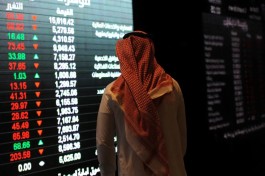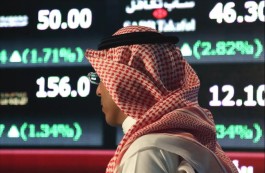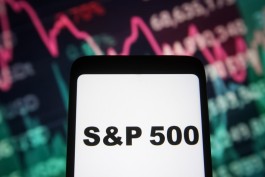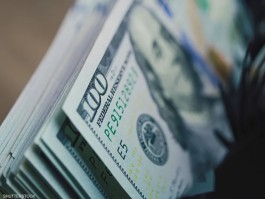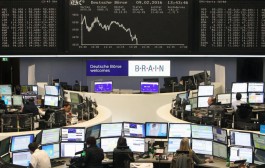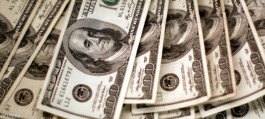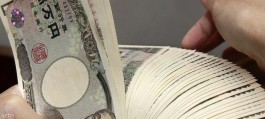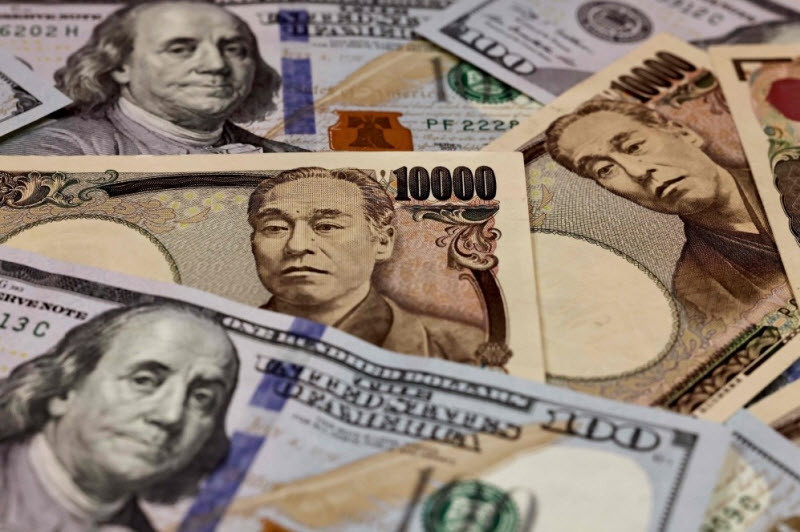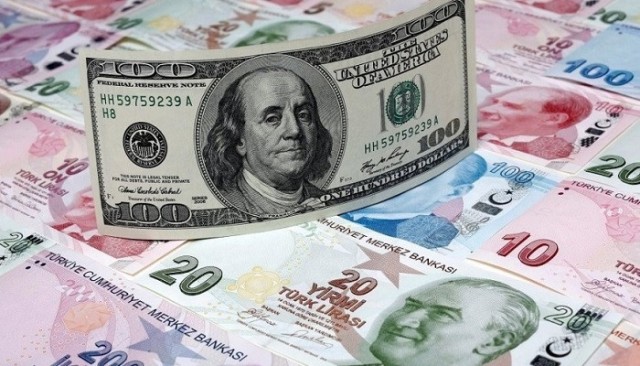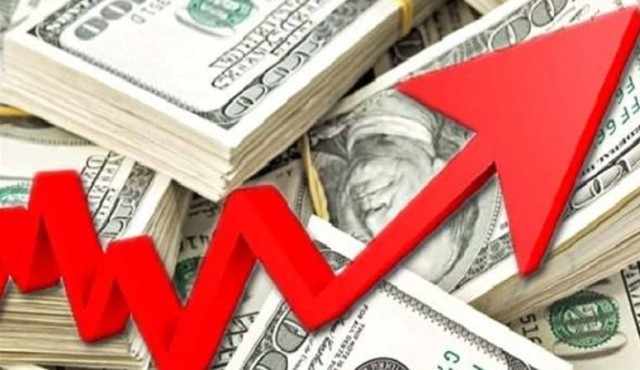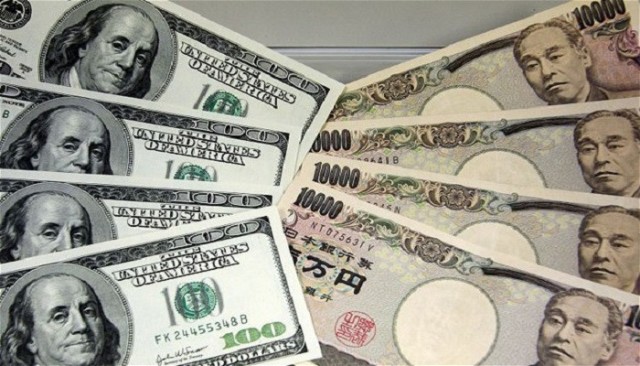The US dollar reached a 32-year high against the Japanese yen, hitting 150 yen.
According to Arab Net, the dollar recorded a price of 149.92 yen after briefly crossing the 150 yen threshold, the lowest level since August 1990, amid the increasing differences between US and Japanese monetary policies.
The currency has fallen from levels hit in February at around 115, while the Bank of Japan is sticking to its long-term, ultra-loose policies designed to encourage sustainable growth in the world's third largest economy.
Meanwhile, the US Federal Reserve has sharply raised borrowing costs in an attempt to curb inflation fueled by several factors, including the war in Ukraine.
The Japanese currency fell to 150.08 per dollar before recovering a bit soon after.
Analysts say the yen will continue to fall as long as the two policies are different, with the Federal Reserve likely to raise interest rates more drastically and US prices rising faster than expected.
Speculation is growing that Japan may move to support its currency again after spending 2.8 trillion yen in September (about 20 billion dollars at the time) for an intervention that includes selling dollars and buying yen.
killer game
Japanese Finance Minister Shunichi Suzuki described the rapid fluctuations in foreign exchange markets Thursday as completely unacceptable, and reiterated that the authorities would provide an appropriate response to enhance stability.
Earlier this week, Suzuki declined to confirm whether any undisclosed interventions had finally taken place.
Rabobank's head of foreign exchange strategy Jane Foley told AFP: It would be fair to say... that the Japanese government is engaged in an outright confrontational game with the market over the yen.
There are no limits, she said, adding that in the short term, interest rate differentials indicate a strong trend of fluctuations in the yen's exchange rate against the dollar.
A weak yen increases profits for Japanese exporters, but it may also affect the country's trade balance.
Japan relies heavily on imported energy and buys other goods, which include a large part of its food.
Foley noted that the intervention that took place in September succeeded in stabilizing the dollar against the yen for some time, because traders are afraid of interventions that may cause them to lose money.
And she continued: The impact of these interventions will be limited if the gap between the Japanese and US monetary policies continues.
Something in politics is unlikely to change at least until the spring when major wage negotiations take place in Japan, she said.
Japan lifted restrictions on entering its borders due to COVID-19 and reopened its doors to tourists this month, and now many visitors can shop and eat abroad, and domestic travel is getting cheaper due to the weak yen and years of low inflation.
Prices are now rising in Japan, albeit at a slower pace than in other major economies.
In August, inflation reached 2.8 percent, the highest level since 2014, partly due to higher energy prices linked to the Ukraine war.
This figure is higher than the 2% target set by the Bank of Japan for sustainable inflation, but it considered the price increases to be temporary and thus maintained its loose fiscal policies.









